Libya's children of war
-

-

In the brigades that were formed during the revolution, young men have found recognition and a raison d'être. Even three years later, they are still hanging on to their weapons and the power that comes with them. Many have been integrated into the army with great pomp and ceremony – like the members of the Sawaiq militia pictured here – but their loyalty to local authorities is generally greater than their loyalty to the Libyan state. -
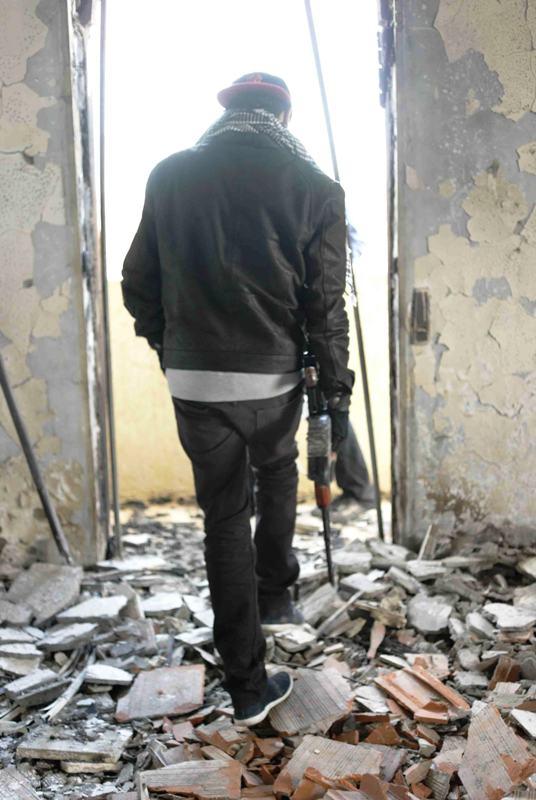
While conflicts of interest have led to the renewal of old tribal enmities, the rise of youth crime is stoking violence in the population. In Warshefana, close to the capital, a crime-fighting operation degenerated into a war between two neighbouring areas in January 2014. A young tribal fighter assesses the damage caused by the conflict. -

The "Tawergha" minority is blamed for having sided with the Gaddafi regime in the fighting. More than two years after rebel militias drove them out of Misrata, their hope of a return to their homes has vanished. The lack of schooling and the rampant youth unemployment in the camps throws a spotlight on the country's "lost generation". -

Young people help to hang portraits of "martyrs" in Abu Salim prison. In 1996, Gaddafi ordered over 1,000 political prisoners in this notorious jail to be shot. On the anniversary of the massacre, families honour their dead relatives and share their memories. -
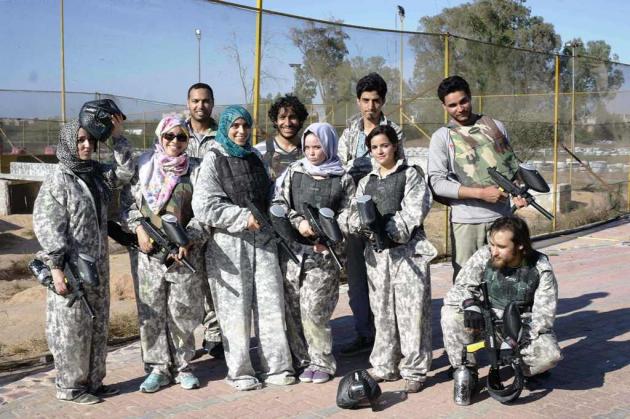
The only weapons here are paint guns: undisturbed by the critical public, young women from Tripoli and Zawiya are free to join in and hold their own in uniforms and helmets on the paintball field. -
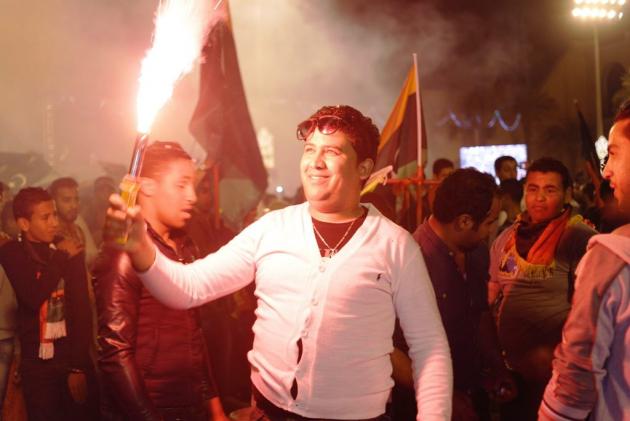
The limited leisure facilities mean that every public festival is a welcome change for young people (like those shown here on the anniversary of the revolution), temporarily offering them at least some freedom. -

Boxing is permitted again: for a long time, all combat sports were banned under Libya's former revolutionary leader, as they weren't in line with the socialist spirit of the regime. Today, people have started training again in sports clubs and gyms. Young talent in Libya is now being nurtured by the former African champion Mahmud Abushkawa. -
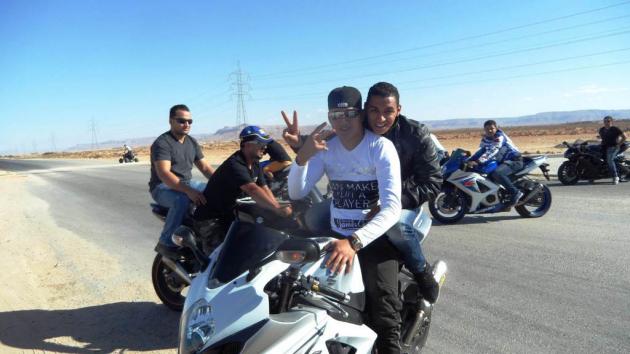
A motorbike rally in the Nafusa Mountains: motorbike racing used to be a privilege reserved for Gaddafi's sons and friends. For months after the revolution, motorbikes were in huge demand, more as a status symbol than a mode of transport. -

Political art came into being in Libya during the revolution, at first in the form of caricatures of the former dictator. Even if isolated social themes are being taken up, this street art has not yet quite liberated itself from the symbolism of the fight for freedom. -
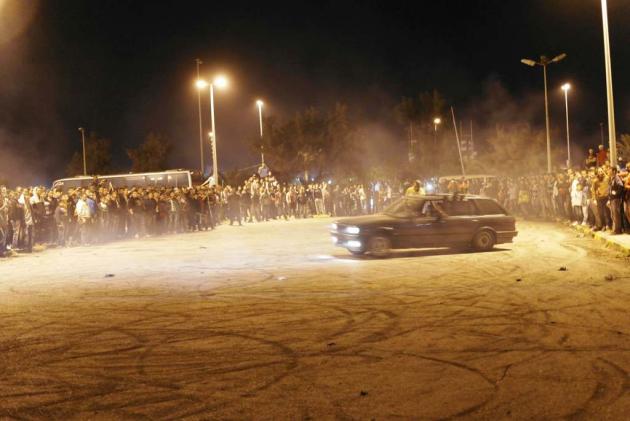
Spectators at a "Drifting" show. Young drivers put their courage to the test with daredevil stunts, which are also an outlet for frustration and social pressure. Nevertheless, the pastime is not without its dangers; a number of people have been killed at these shows. -

In Murzuq, which lies in southern Libya near the border with neighbouring Niger and Chad, there is a particularly large Tebu minority. For the young people, the first national Tebu festival in Libya's history provides a great opportunity to let their hair down and throw themselves into the festivities.
https://qantara.de./en/node/35316
Link
To all image galleries
